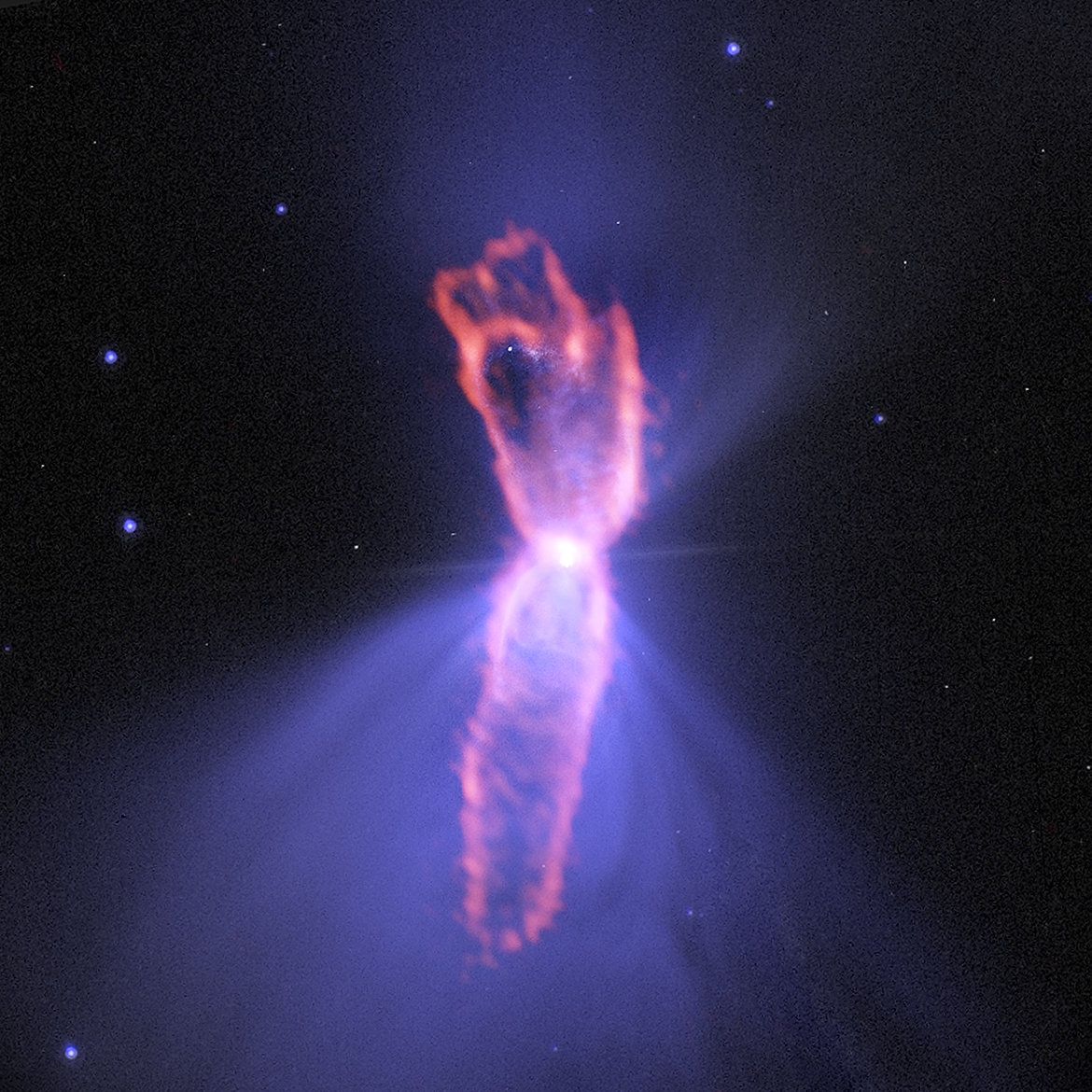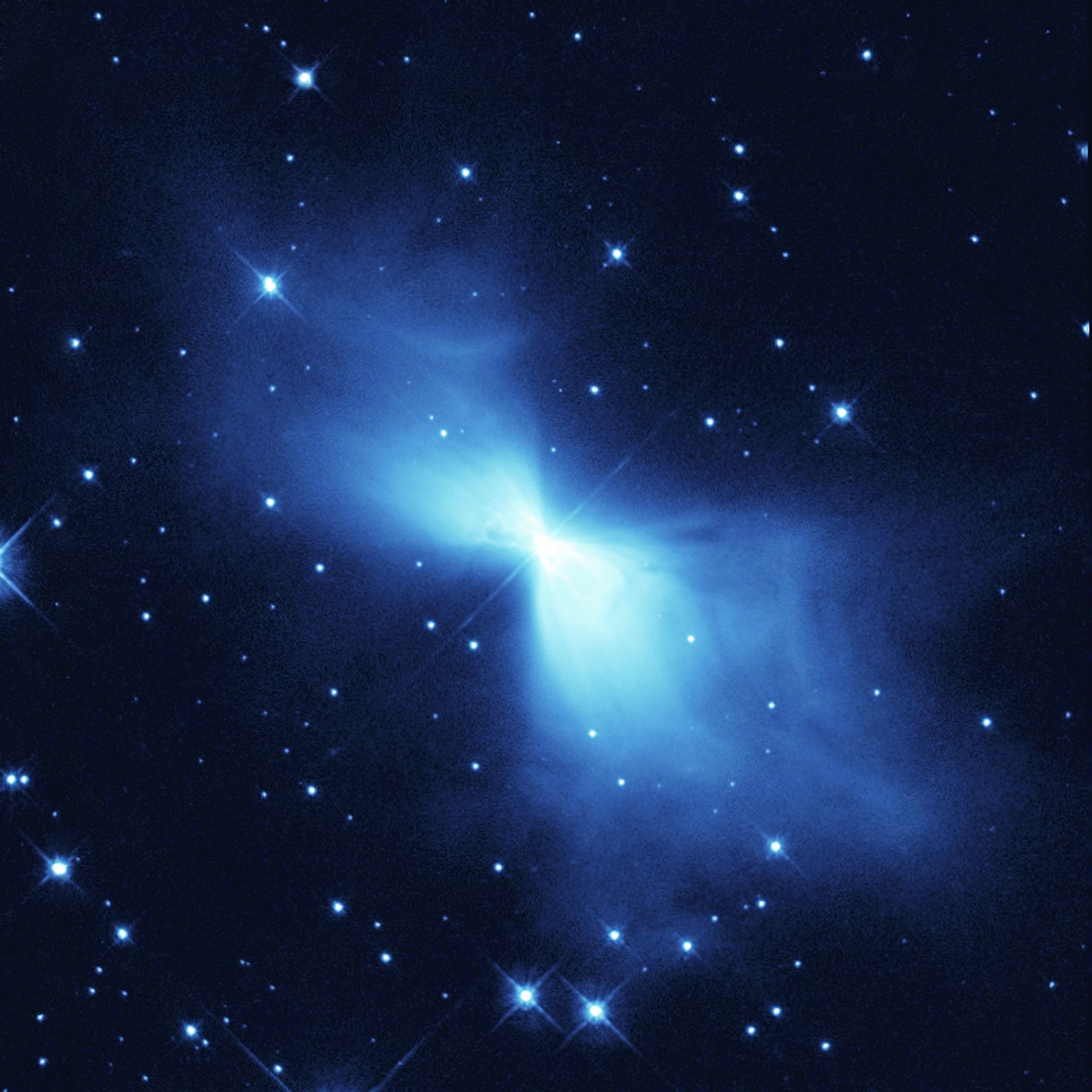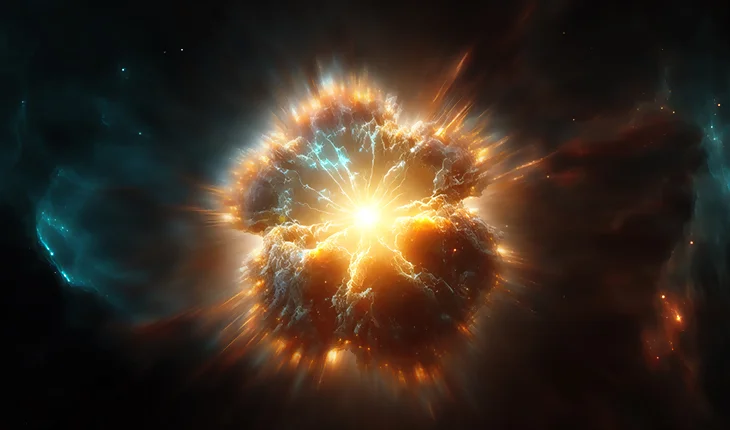When we think of extreme cold, we might imagine Antarctica’s icy winds or the chill of the dark side of the Moon. But none of these compare to the Boomerang Nebula — the coldest known place in the universe. With temperatures plunging below –272°C (just a hair above absolute zero), this mysterious nebula pushes the limits of physics and fascinates astronomers worldwide.
In this article, spaceyv dives into the science, wonder, and unanswered questions surrounding the Boomerang Nebula, showing how space’s extreme environments challenge what we know about the cosmos.
🥶 What Is the Boomerang Nebula?
The Boomerang Nebula is a young, pre-planetary nebula located about 5,000 light-years away in the constellation Centaurus. What makes it so extraordinary isn’t just its stunning bow-tie shape captured by the Hubble Space Telescope — it’s the fact that this cloud of gas is colder than the background radiation of the universe itself.
Most of space sits at about 2.7 Kelvin (–270°C), the temperature left over from the Big Bang. But the Boomerang Nebula clocks in at 1 Kelvin (–272°C), making it colder than the cosmic microwave background — a true cosmic oddity.

🧊 Why Is It So Cold?
✅ Rapid Gas Expansion (the key reason)
About 5,000 light-years away, the dying star at the center of the Boomerang Nebula is blasting out gas at an enormous speed — over 500,000 km/h (about 300,000 mph).
As this gas expands into the surrounding vacuum of space, it cools down dramatically, similar to how expanding gas from a spray can feels cold when you release it.
✅ Colder than the Cosmic Microwave Background (CMB)
Most of space is already super cold — about 2.7 Kelvin (–270.45°C), thanks to the leftover glow from the Big Bang. But the gas in the Boomerang Nebula cools even further, down to about 1 Kelvin (–272.15°C) — making it even colder than the CMB!
✅ No nearby heat sources
The nebula sits in a region of space without any nearby hot stars or radiation sources to warm it back up, so the gas remains in this ultra-cold state.
✅ Short-lived phase
This extreme cold only happens during a short period in the star’s life — once the outflow slows or the gas gets heated by surrounding radiation, it will eventually warm up again.
In short, the Boomerang Nebula is so cold because of extremely rapid gas outflow and expansion, creating a natural cosmic refrigerator that beats even the background chill of the universe.
🌠 How Did It Get Its Name?
You might wonder: why “Boomerang”? Early ground-based telescope observations captured a fuzzy, bow-tie or boomerang-shaped glow. Later, when the Hubble Space Telescope imaged it in stunning detail, we saw the symmetric double-lobe structure more clearly, resembling a cosmic hourglass.
Despite the improved visuals, the catchy name stuck — and today, it’s part of the nebula’s mystique.
🚀 Why Does the Boomerang Nebula Matter?
Many people ask: why should we care about some ultra-cold cloud thousands of light-years away?
The Boomerang Nebula matters because it’s not just an oddball in space — it gives scientists a unique natural laboratory to study several important cosmic phenomena:
✅ Understanding dying stars
The Boomerang Nebula represents a rare, brief stage in a star’s life — right as it sheds its outer layers before becoming a white dwarf. Studying it helps astronomers understand how stars evolve and what happens to the material they eject.
✅ Testing physics in extreme conditions
Its ultra-cold temperatures (colder than the cosmic microwave background!) challenge our understanding of how gases cool and expand in space, offering insights into thermodynamics and molecular behavior under extreme conditions.
✅ Clues about stellar winds and mass loss
By observing the high-speed outflows of gas (over 500,000 km/h), researchers can better model how stars lose mass at the end of their life and how that material contributes to the formation of new stars and planets.
✅ Benchmark for future observations
Because it’s the coldest known natural object, the Boomerang Nebula serves as a benchmark for comparing other nebulae and testing the limits of space-based observation instruments like ALMA and Hubble.
In short, the Boomerang Nebula matters because it pushes the boundaries of what we know about the universe, physics, and the life cycles of stars — making it a cosmic treasure for astronomers.
Would you like me to summarize these points into a simple graphic or infographic layout for your blog or social media?

💭 Unique Idea: Could We Use Ultra-Cold Nebulae for Future Science?
While the Boomerang Nebula is fascinating from Earth, imagine this:
Could future space missions visit ultra-cold environments to study exotic quantum effects, like near-absolute-zero physics?
Right now, researchers simulate ultra-cold conditions in Earth labs to study quantum behaviors like Bose-Einstein condensates. But in space, natural laboratories like the Boomerang Nebula already exist. Though it’s unimaginably far away, future astronomical observations might give us indirect ways to study such extreme states without leaving Earth.
This opens a speculative but thrilling window on how deep-space environments could someday enhance quantum science, materials research, or even futuristic technologies.
🔭 How to Observe the Boomerang Nebula?
Unfortunately, you won’t spot the Boomerang Nebula with backyard telescopes — it’s too faint. But professional observatories, including ALMA (the Atacama Large Millimeter/submillimeter Array), continue to investigate it with cutting-edge radio and submillimeter observations, revealing the gas flows and structures that make it so cold.
If you’re a space enthusiast, you can explore NASA and ESA image archives, where you’ll find breathtaking pictures of this cosmic deep freeze.
📌 Final Thoughts: Space’s Extreme Environments
The Boomerang Nebula reminds us that the universe is full of surprises. In a cosmos filled with blazing stars, supernovae, and searing gas clouds, there are also places of unimaginable cold, where temperatures hover just above absolute zero.
At spaceyv, we believe exploring these cosmic extremes isn’t just about curiosity — it’s about unlocking the secrets of physics, life, and the ultimate fate of the universe.
So next time you think of space as a hot, explosive place, remember the silent, freezing beauty of the Boomerang Nebula — the coldest place we know.
🌐 References
NASA. (2024). The Boomerang Nebula: Chilling Out in Deep Space. https://www.nasa.gov
ESA Hubble. (2024). Hubble Sees the Coldest Place in the Universe. https://esahubble.org
ALMA Observatory. (2024). Observations of the Boomerang Nebula. https://www.almaobservatory.org
Scientific American. (2023). What Makes the Boomerang Nebula So Cold?. https://www.scientificamerican.com



